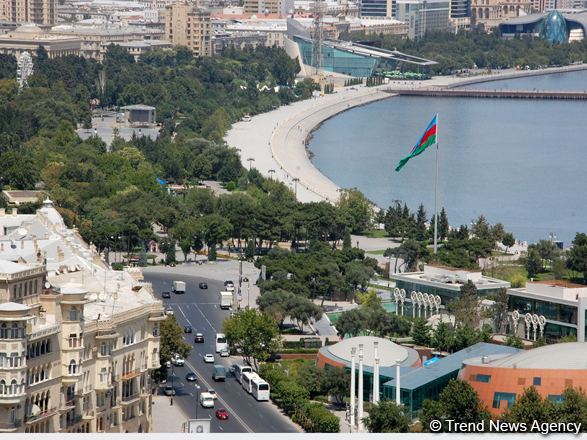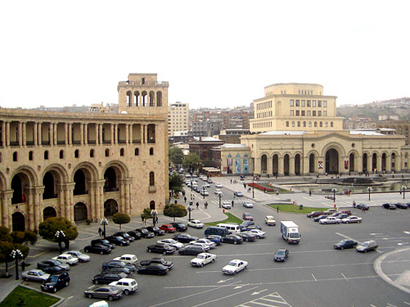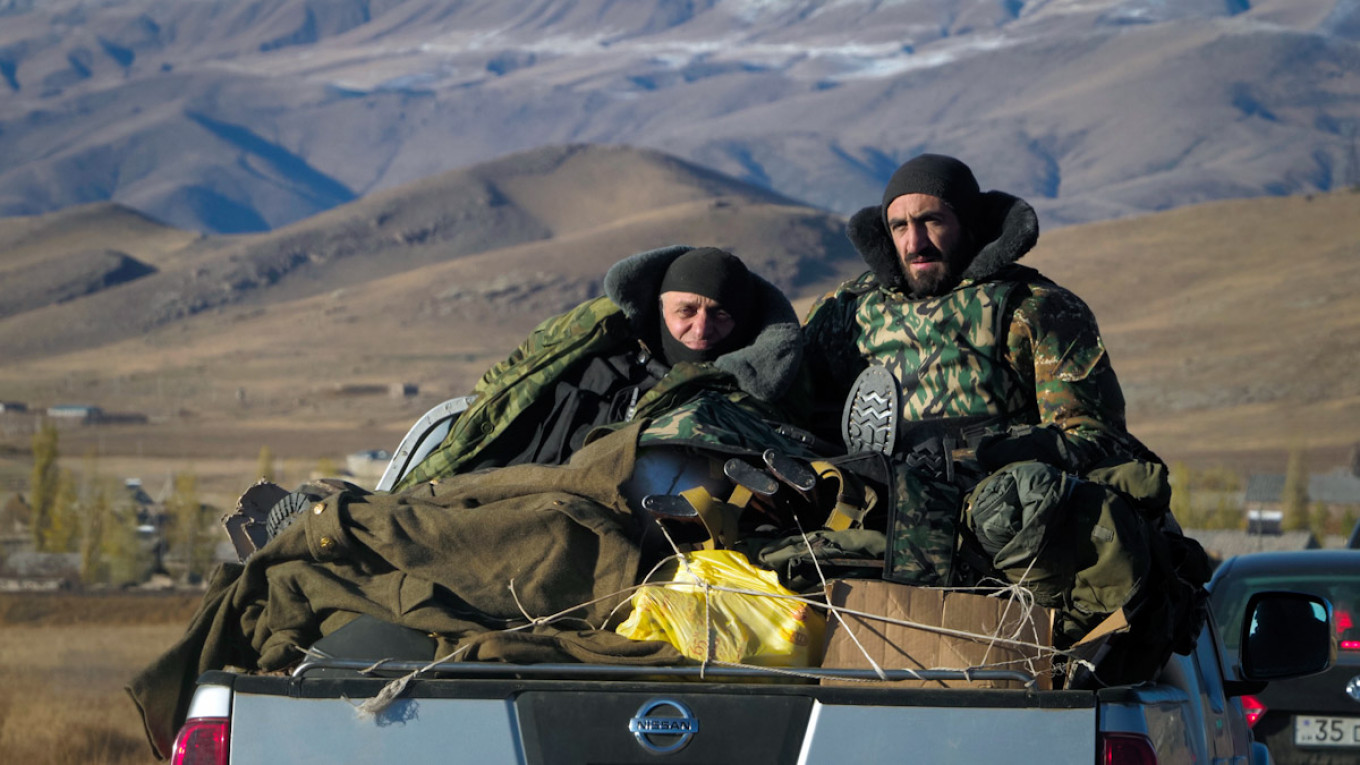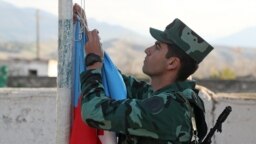Efforts needed to better integrate family caregivers into health care teams
Study outlines ways to provide more support to family caregivers
Integrating family caregivers into a patient's health care team can help improve care quality and the quality of life for both patients and their families, yet family caregivers face significant barriers coordinating their efforts with the formal health care team, according to a new RAND Corporation study.
New policies and approaches may be needed to overcome those hurdles, such as rules to identify and record information on family caregivers, and incentives to encourage providers to engage with family caregivers.
Additional efforts suggested by researchers are investing in programs that provide supportive services for family caregivers, as well as expanding access to and funding for care coordinators to support caregivers and connect them to a family member's clinical information.
"Family caregivers too often are treated as secondary members of the care team, with little direct access to the formal health care providers," said Esther M. Friedman, lead author of the report and a sociologist at RAND, a nonprofit research organization. "We hope our research helps start a conversation about ways to better integrate family caregivers into the health care team."
Other strategies recommended by researchers are implementing training programs for providers and caregivers to facilitate effective communication, and encouraging leaders to develop technologies that foster caregiver-provider care integration and information sharing.
An estimated 53 million family and friends provide care assistance to loved ones in the United States, an increase of 9.5 million caregivers from 2015 to 2020. These family members typically provide assistance with everyday activities such as eating, bathing, dressing, driving and taking medications.
Family caregivers have direct and frequent access to loved ones with caregiving needs. More than one-third of care recipients live with their family caregiver and 55 percent of caregivers visit the care recipient more than once a week.
These regular interactions allow family caregivers to monitor changes in health and care needs on a more regular basis than would be possible for formal health care providers.
To better understand the barriers that face family caregivers and how to mitigate those obstacles, RAND researchers reviewed the research literature and interviewed 13 experts from diverse stakeholder groups. The study is among the first to focus in depth on integrating family caregivers into the health care team by incorporating interviews with payers, providers and caregiver advocates.
RAND researchers defined family caregiver integration to include communication, collaboration and coordination with providers, broadly defined as individuals or organizations that deliver care or health care services or help coordinate care for people with caregiving needs. The health care team may include physicians, nurses, social workers, care coordinators, and private sector health and care service providers.
"The goal of this study is to identify promising policy directions and provide a blueprint for assessing, developing and implementing policies to improve integration of family caregivers into the health care team," said study co-author Patricia K. Tong, a RAND economist.
The report found that barriers to integration fell under four themes: identifying caregivers, communication and information-sharing, time limitations and competing demands, and trust and cultural barriers.
Researchers say that future work is needed to expand and assess policy approaches through stakeholder engaged consensus methods, assess the availability of evidence-based research, assess each approach on metrics of feasibility and impact, evaluate approaches for their cost effectiveness, and build consensus on how best to implement the most-promising choices.
###
The study was sponsored by Seniorlink, a tech-enabled health services company that builds care collaboration solutions.
The study, "A Framework for Integrating Family Caregivers into the Health Care Team," is available at http://www.
RAND Health Care promotes healthier societies by improving health care systems in the United States and other countries.














